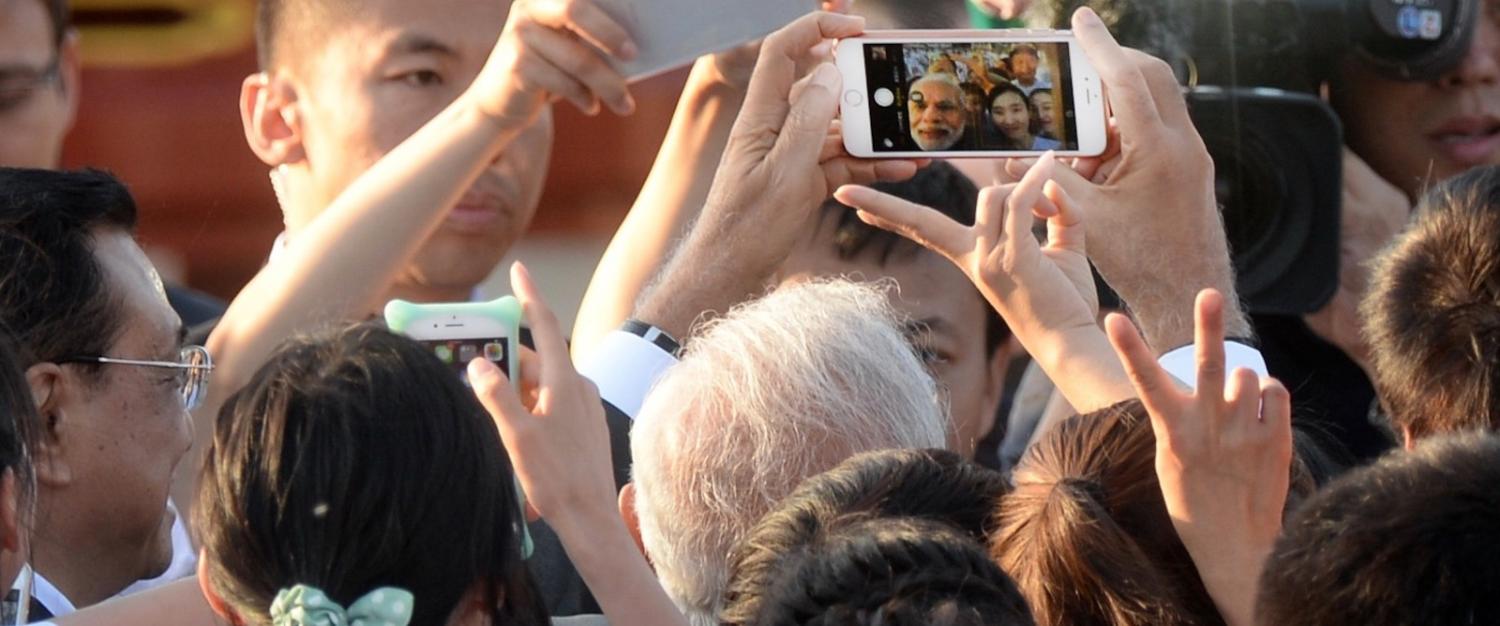That India’s 14th prime minister is a gifted storyteller is well-known. An author of several children’s storybooks, Narendra Modi has in the past few years not only trumpeted the narrative of a poor tea-seller making his way to the highest office in the land but has also controlled every aspect of that story. His use of social media is revolutionary. His PR blitz during that campaign cost his party some US $700 million. And it paid off. Five years after an unprecedented majority in parliament and nearly 35 million Twitter followers, Modi is preparing to have another go in April this year.
So what is Modi’s story going to be in the 2019 elections? And does the “tea-seller-made-good” story have any life left in it?
The very people that Modi attracted to his election bandwagon four years ago with the clever use of holograms at public rallies, saturation advertising, and social media presence have begun to revolt.
His 2014 promise of creating 20 million jobs a year is looking like an election slogan gone rogue. In a recent speech, Modi claimed that more than 700 thousand jobs had been created in the previous financial year. But a report from the Centre for Monitoring Indian Economy, an independent think tank, reveals that more than 11 million people lost their jobs in 2018. India’s unemployment rate has shot up to 7.4% in December 2018, the highest in 15 months.
Even the flagship schemes of Modi’s government have not escaped this free fall. In 2014, with much fanfare, Modi launched his “Make in India” program that would, as he put it, “transform India into a global design and manufacturing hub”. It turns out that just during the period of April–June 2017, the sector reported a loss of 87 thousand jobs. To put this into context, more than 25 million people recently applied for 90,000 relatively low-level positions in the Indian Railway. Among those applicants were engineers and business-degree holders.
The very people that Modi attracted to his election bandwagon four years ago with the clever use of holograms at public rallies, saturation advertising, and social media presence have begun to revolt. Modi’s response to this has been to suppress dissent and claim the figures are wrong.
Indian leader Mahatma Gandhi used to say that India lives in its villages. And this is where elections are won and lost. Today, the unorganised sector of India’s economy, the agricultural hub, and where much of its population resides, is in sharp decline. Hence the millions of desperate job-seekers amid an official growth rate of 7%. India is in a deep rural crisis.
Recently Modi’s party, the Bharatiya Janata Party, lost a string of assembly elections in five states. Rising unemployment has been cited as one of the main reasons for this result. There has, however, been no change in either the policy framework or the method of implementation of government schemes to address issues of unemployment or underemployment across the country.
In the realm of foreign policy, things are not looking all that rosy either. While a great deal is made of Modi’s trips abroad (he has made 84 foreign trips so far) by a largely fawning local media, nothing substantial has come of it. What has become apparent over his time in office is that in the world of global power politics, the Indian prime minister lacks any real influence or standing. The latest terror attack on Indian paramilitary troops by suspected militants trained in Pakistan has once again shown just how much India’s Neighbourhood First policy just cannot seem to get over the hurdle of Islamabad.
The Modi government’s response to the attack will be instructive in just how adept New Delhi is at balancing the call for military action versus arriving at a political solution. The fact that a federal election is only weeks away adds an extra dimension to the decision-making process.
One thing is certain though. There will be a lot of money being splashed about during this election campaign. A tussle between the government and the independent Reserve Bank of India has led to the sacking of the governor of the Bank. In his place is a new, more compliant, candidate. Stand by for some good old-fashioned pork-barrelling.
A man well-versed in slick sloganeering and a commanding presence on social media, Modi has consistently received high approval ratings. He began his term with an overall rating of 87%. Those numbers may have slipped somewhat. But with the advantage of incumbency, a largely docile media, some very powerful corporate backers, and Madison Avenue-style agencies at his fingertips, Modi may not need to evoke memories of tea-selling to make it to another five years at the top of the helm of the largest democracy in the world.

